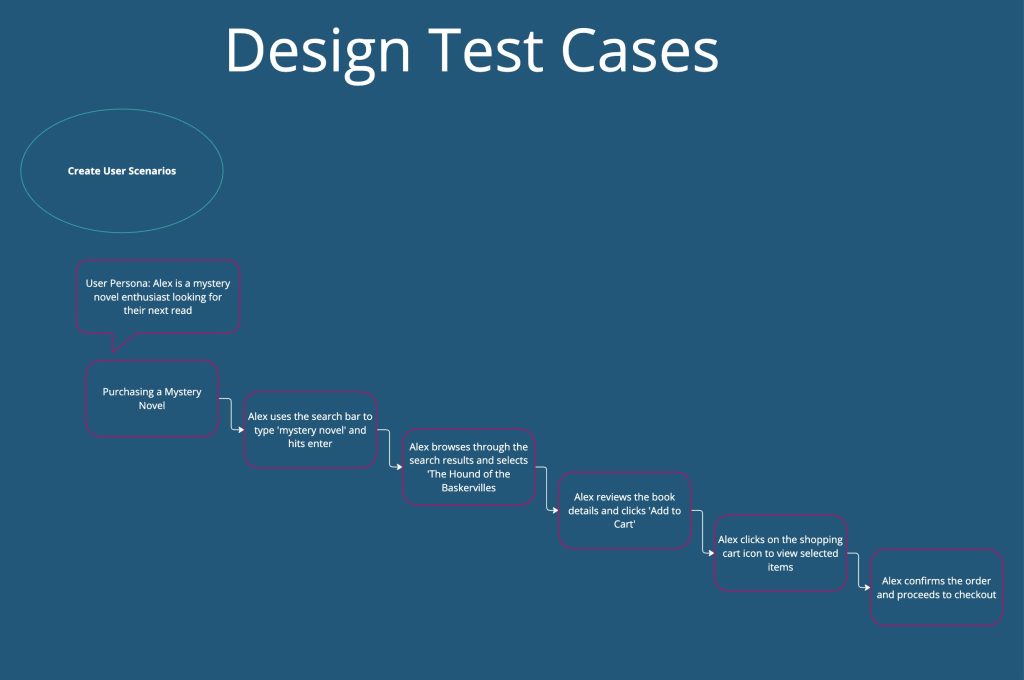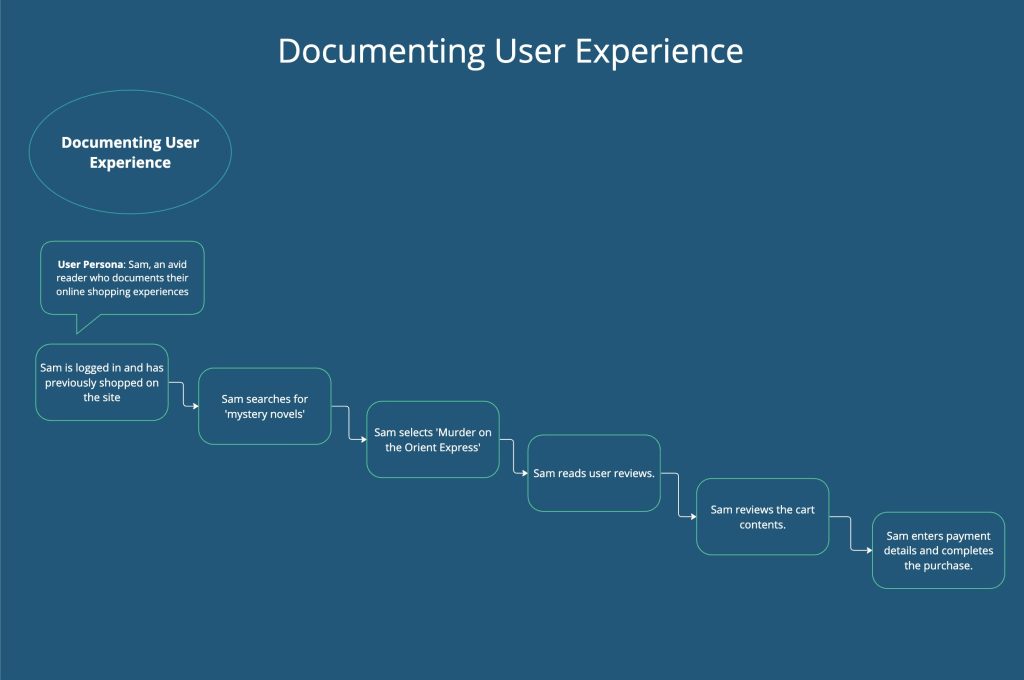
Understanding User Acceptance Testing (UAT) and Its Application in a Simple Project
In the world of software development, User Acceptance Testing (UAT) is a critical phase that occurs just before the final release of a product. It’s a process where actual software users test the software to ensure it can handle required tasks in real-world scenarios, according to specifications. UAT is the last step in the testing process, conducted to ensure that the software is ready for its intended use.
What is User Acceptance Testing (UAT)?
User Acceptance Testing, often the final phase in the software development lifecycle, involves verifying that a solution works for the user. It’s not about finding bugs (though this can be an outcome); it’s about verifying that the software solution meets the business needs and requirements. The primary purpose of UAT is to validate the end-to-end business flow. It is not system testing (testing conducted by a professional tester), but rather testing by users or clients.
Key Aspects of UAT
- End User Involvement: The testing is done by the end-users to ensure the software meets their needs.
- Real-World Scenarios: Tests are based on real-life scenarios, ensuring the software’s functionality in the user’s normal environment.
- Requirement Verification: UAT verifies that the software meets the agreed-upon requirements.
- Final Verification: It’s the final verification before the software goes live.
Simple Project Example: Online Bookstore
To illustrate UAT, let’s consider a simple project: an online bookstore.
Step 1: Planning

Step 2: Designing Test Cases

-
- Create User Scenarios: For example, a user wants to purchase a mystery novel. The test case would include searching for the book, adding it to the cart, and completing the purchase.

-
- Consider Different User Paths: Some users might want to check reviews before purchasing, while others might look for recommendations.
Step 3: Executing the Test
-
- User Testing: Let the selected users execute the test cases. They might do this in their own environment.
-
- Documentation: Users should document their experience, noting any issues or deviations from expected functionality.
Step 4: Feedback and Improvements
-
- Gather Feedback: Collect and analyse the feedback from the users.
-
- Make Necessary Changes: Based on the feedback, make any required changes to the software.
Step 5: Sign-off
-
- Final Approval: After all necessary modifications are made and retested, the final step is the sign-off from the stakeholders, confirming that the software meets their needs.
Final Thoughts
UAT is essential to the software development process, ensuring that the software is effective and efficient in real-world scenarios. By involving the end user, we bridge the gap between software development and actual software usage.
Our simple online bookstore project is a small example of how UAT can be applied to ensure that the final product truly serves its intended purpose. Remember, the ultimate goal of UAT is not just to find errors but to verify that the software solution fulfils the user’s needs and expectations.




